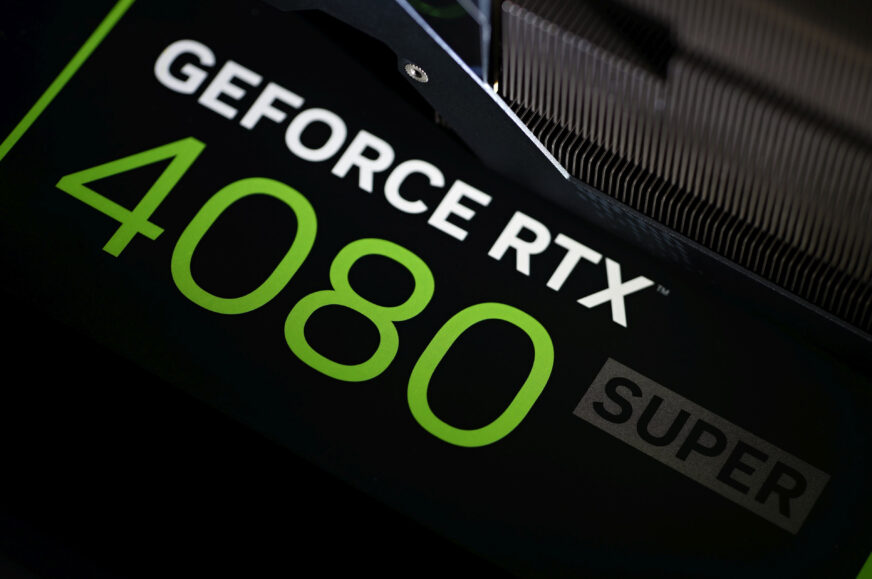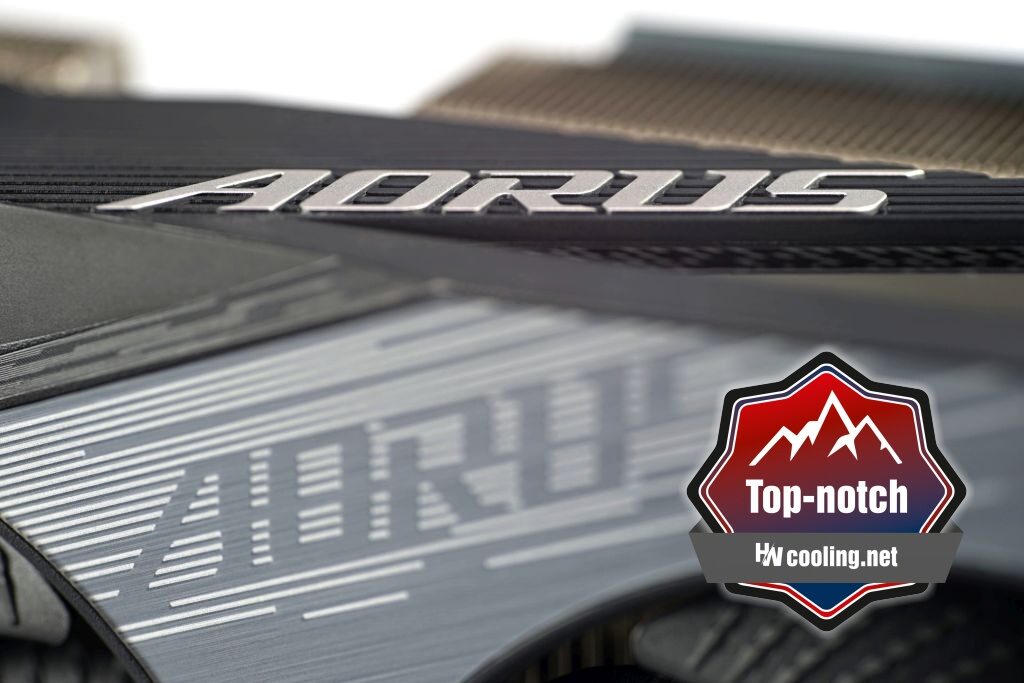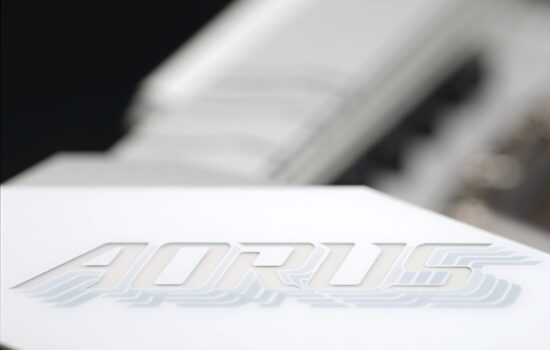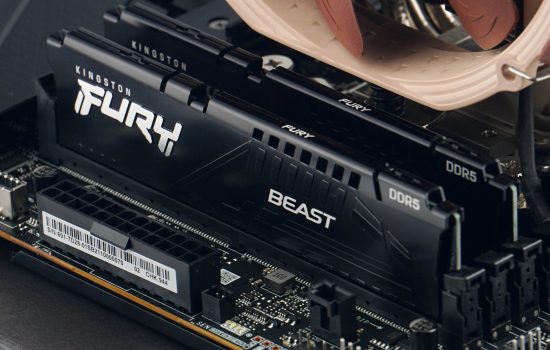Conclusion
The new RTX 4080 in the Super variant attacks the competing Radeon (RX 7900 XTX) fiercely in every way. Their advance is not only due to faster GPUs (versus the non-Super RTX 4080), but also for higher memory bandwidth. Of all the GeForces built on Nvidia’s Ada Lovelace architecture, the latter is the highest on the RTX 4080 Super. On top of that, the RTX 4080 Super in the tested Aorus Master 16G variant is a truly extreme graphics card.
Conclusion
The GeForce RTX 4080 Super has risen to the level of Radeon RX 7900 XTX, even outside of raytracing graphics. Depending on the compared versions of the two cards, the results may vary a bit, but it will still oscillate somewhere around +/- 3%. That is, as long as the game mix is well balanced (and not dominated by titles that are better optimized for GeForce or Radeon).
The gaming performance of the RTX 4080 Super and RX 7900 XTX when rasterizing is a rare case of evenly matched performance, and the GeForce is traditionally significantly faster with RT graphics. In Cyberpunk 2077, where there is no shortage of it, by as much as 45–50%. However, it should be noted here that even the RTX 4080 Super is not smooth until DLSS 3 techniques, i.e. upscaling and Frame Generation, are used. The unplayable 16 fps in the native UHD resolution with the RT Overdrive setting (with Path Tracing) becomes a pleasant 80 (fps) with DLSS 3. In games with fewer raytacing effects, which include Shadow of the Tomb Raider, for example, the RTX 4080 Super QHD resolution handles over 80 fps on average even without DLSS. It’s similar in Battlefield V, but in Control there’s already a bit of a stutter already (and DLSS is again required for higher smoothness).
When you take it in turn, while the RTX 4080 Super lags behind the RX 7900 XTX in many cases, the RTX 4080‘s gap reduces to a minimum, some 4% on average. And of course, with the fact that the efficiency of the RTX 4080 Super is in a completely different class than that of the RX 7900 XTX. Radeon needs 110–120 W more to get the small edge over the RTX 4080 Super. Also for these reasons, the GeForce is objectively “higher” value and sells for more. Although the difference shouldn’t be somehow dramatic from the start, and Radeons are probably in for a little price reduction.
The case of Aorus Master 16G is a bit specific, with this card you have to appreciate its premium design. Whether it’s the super-efficient cooler, ARGB LED lighting or the LCD display. Also quite rare are the unusually quiet coils, which we’ve already praised with the RTX 4090 Gaming OC 24G.
Despite being such a powerful graphics card, its coils are some of the quietest. And that’s overall, even compared to significantly weaker graphics cards. Put the spectrograms of the recently tested Raden RX 7600 XT next to these, from the RTX 4080 Super Master 16G, for example. At sound frequencies above 2.5 GHz, there is significantly less noise, or blue area, with almost no tonal peaks. This is remarkable. Especially when one pays the extra particularly for an efficient cooler as part of the design. With the RTX 4080 Super Master 16G, this is not spoiled by the coils and therefore this graphics card can be recommended to users who demand the quietest possible operation.
In noise measurements, this card does hover somewhere around average, but it should be re-emphasized that this is only with the default “OC” BIOS. After switching to the “Silent” BIOS, you won’t find a graphics card with a power draw of over 300W that’s quieter than this one. Both aerodynamically and from the coils. Admittedly, there’s still room for improvement on this design, including for example the more pronounced (but not very pronounced) noise at lower frequencies around 200 Hz, when the fans are running at higher speeds. Typically at those that are achieved at the maximum performance of that graphics card.
GPU in boost reaches 2730–2805 MHz, which on the one hand is more than the official parameters declare, but onn the other, these clock speeds are slightly (40–60 MHz) lower than those of the RTX 4080 Suprim X. This is natural given the similar power limit with the RTX 4080 Super having a larger number of units at the same time.
Regarding the Aorus RTX 4080 Super Master 16G, we can talk about it as a technically top-notch graphics card with gaming performance suitable even for the high UHD resolution (2160p) or even in more powerful workstations, where “only” 16 GB of memory will not be limiting. The computing performance of the RTX 4080 Super is also very high. Especially with the use of the tensor cores. One of the few downsides is the very large size, or worse compatibility with either cases or expansion cards. However, those who count on this and made the entire build design subject to it will most likely not be disappointed with the Aorus RTX 4080 Super Master 16G. Especially if silent operation is the goal. For the no-compromise execution of this graphics card, we award it the most prestigious “Top-notch” editorial award.
English translation and edit by Jozef Dudáš
| Gigabyte Aorus RTX 4080 Super Master 16G |
| + Top-notch performance (also suitable for 2160p/4K gaming with ray tracing) |
| + Very decent performance for RT graphics as well |
| + Very high efficiency for a high-end card |
| + Efficient cooler with a Vapor Chamber |
| + They are considerably quieter even compared to significantly slower graphics cards |
| + Exclusive support for DLSS (3), CUDA and OptiX |
| + AV1 encoding support |
| + PCI Express slot holder/brace included |
| + Flashy RGB LED lighting... |
| + ... and LCD display (e.g. for displaying GPU temperatures) |
| - Very large size and worse compatibility with everything around |
| - DisplayPort version 1.4a only (applies to all RTX 4070/graphics cards with Nvidia Ada Lovelace GPUs) |
| Suggested retail price: 1310 EUR |
For cooperation in providing the tested hardware, we would like to give special thanks to the Datacomp e-shop
- Contents
- Gigabyte Aorus RTX 4080 Super Master 16G in detail
- Table of parameters
- Methodology: performance tests
- Methodology: how we measure power draw
- Methodology: noise and sound measurement
- Methodology: temperature tests
- Test setup
- 3DMark
- Age of Empires II: DE
- Assassin’s Creed: Valhalla
- Battlefield V
- Battlefield V with DXR
- Borderlands 3
- Control
- Control with DXR and DLSS
- Counter-Strike: GO
- Cyberpunk 2077
- Cyberpunk 2077 with DLSS
- Cyberpunk 2077 with DXR (and DXR with DLSS)
- DOOM Eternal
- F1 2020
- FIFA 21
- Forza Horizon 4
- Mafia: DE
- Metro Exodus
- Metro Exodus with DXR and DLSS
- Microsoft Flight Simulator
- Red Dead Redemption 2 (Vulkan)
- Red Dead Redemption 2 (Dx12)
- Shadow of the Tomb Raider
- Shadow of the Tomb Raider with DXR
- Total War Saga: Troy
- Wasteland 3
- Overall gaming performance and performance per euro
- CompuBench (OpenCL)
- SPECviewperf 2020 and SPECworkstation 3
- FLOPS, IOPS and memory speed tests
- 3D rendering 1/2 (LuxMark and Blender@Cycles)
- 3D rendering 2/2 (Blender@Radeon ProRender and Eevee)
- Photo editing (Adobe Photoshop, Lightroom and Affinity Photo)
- Broadcasting (OBS and Xsplit)
- Password cracking
- GPU clock speeds
- GPU and VRAM temperatures
- Net graphics card power draw and performance per watt
- Analysis of 12 V rail power supply (higher load)
- Analysis of 12 V rail power supply (lower load)
- Analysis of 3,3 V rail power supply
- Noise level
- Frequency response of sound
- Conclusion













